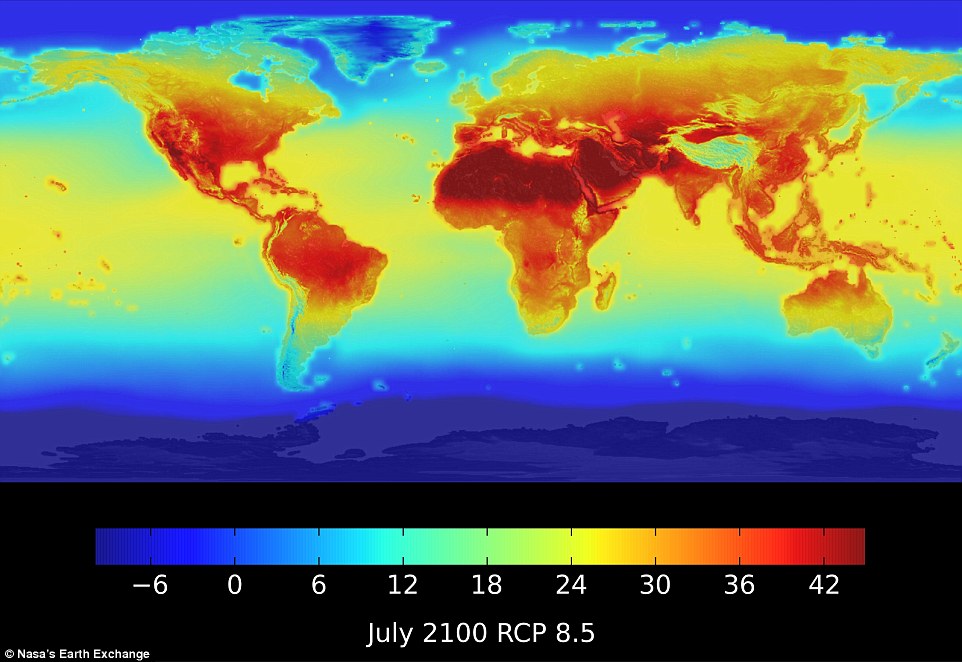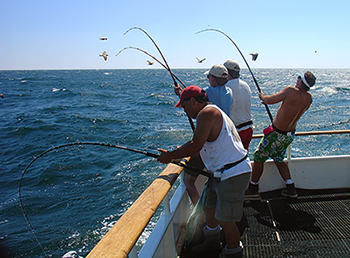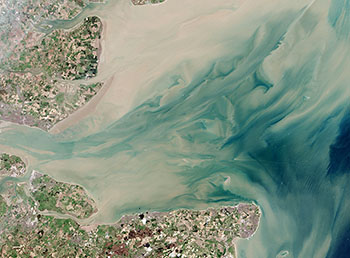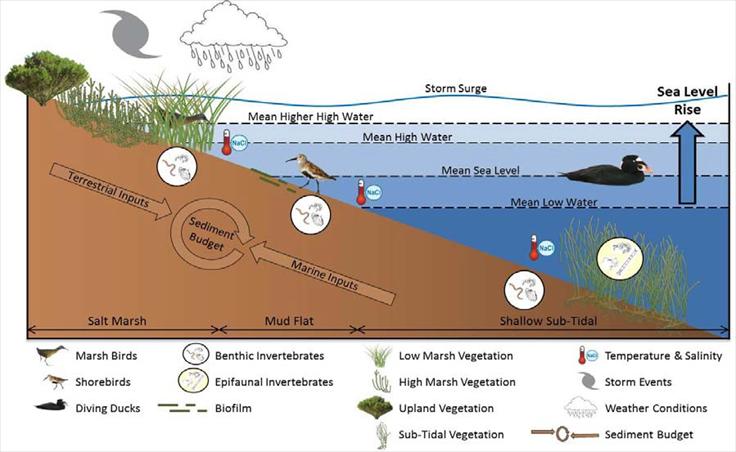Climate change overview Climate has changed throughout Earth’s history as a result of the complex interactions between the sun, the ocean, land, atmosphere, and living things. Our world has experienced cycles of warming and cooling due to regular changes in the Earth’s orbit and ocean circulation and sudden events like volcanic eruptions, etc. The Intergovernmental Panel on Climate Change (IPCC) attributes present global warming primarily to increases in three key heat-trapping gases in the atmosphere (carbon dioxide, methane, and nitrous oxide) as a result of burning fossil fuels and deforestation.
Climate has changed throughout Earth’s history as a result of the complex interactions between the sun, the ocean, land, atmosphere, and living things. Our world has experienced cycles of warming and cooling due to regular changes in the Earth’s orbit and ocean circulation and sudden events like volcanic eruptions, etc. The Intergovernmental Panel on Climate Change (IPCC) attributes present global warming primarily to increases in three key heat-trapping gases in the atmosphere (carbon dioxide, methane, and nitrous oxide) as a result of burning fossil fuels and deforestation.
![]() More info: Visit the earth viewer to explore details about earth’s climate history and the NASA Climate Change website for details on global climate change.
More info: Visit the earth viewer to explore details about earth’s climate history and the NASA Climate Change website for details on global climate change.
Climate change and estuaries
 Estuaries are places where rivers meet the ocean. They carry out functions that are valuable to society such as providing nursery and spawning habitat for fish and shellfish, buffering coastal communities from the impacts of coastal storms and sea level rise, and offering unique opportunities for tourism and recreation. However, estuaries are particularly vulnerable to the effects of climate change because they are sensitive to changes in both land and ocean processes. For example, changes in temperature and precipitation can affect the quality and quantity of fresh water and pollutants entering an estuary from its watershed, while sea level rise can increase the rate of shoreline erosion and drown marshes.
Estuaries are places where rivers meet the ocean. They carry out functions that are valuable to society such as providing nursery and spawning habitat for fish and shellfish, buffering coastal communities from the impacts of coastal storms and sea level rise, and offering unique opportunities for tourism and recreation. However, estuaries are particularly vulnerable to the effects of climate change because they are sensitive to changes in both land and ocean processes. For example, changes in temperature and precipitation can affect the quality and quantity of fresh water and pollutants entering an estuary from its watershed, while sea level rise can increase the rate of shoreline erosion and drown marshes.

In this module, we explore the effects of climate change on estuaries with a focus on research that is currently being carried out by an interdisciplinary team of natural and social scientists.
Module contributors: Hemalatha Bhaskaran (Wicomico County Schools, MD), Laura Murray, Cassie Gurbisz, Michael Kemp, Jeremy Testa, Lisa Wainger (University of Maryland Center for Environmental Science), Bill Ball, Dano Wilusz (Johns Hopkins University), Ariel Ortiz Bobea (Cornell University)



